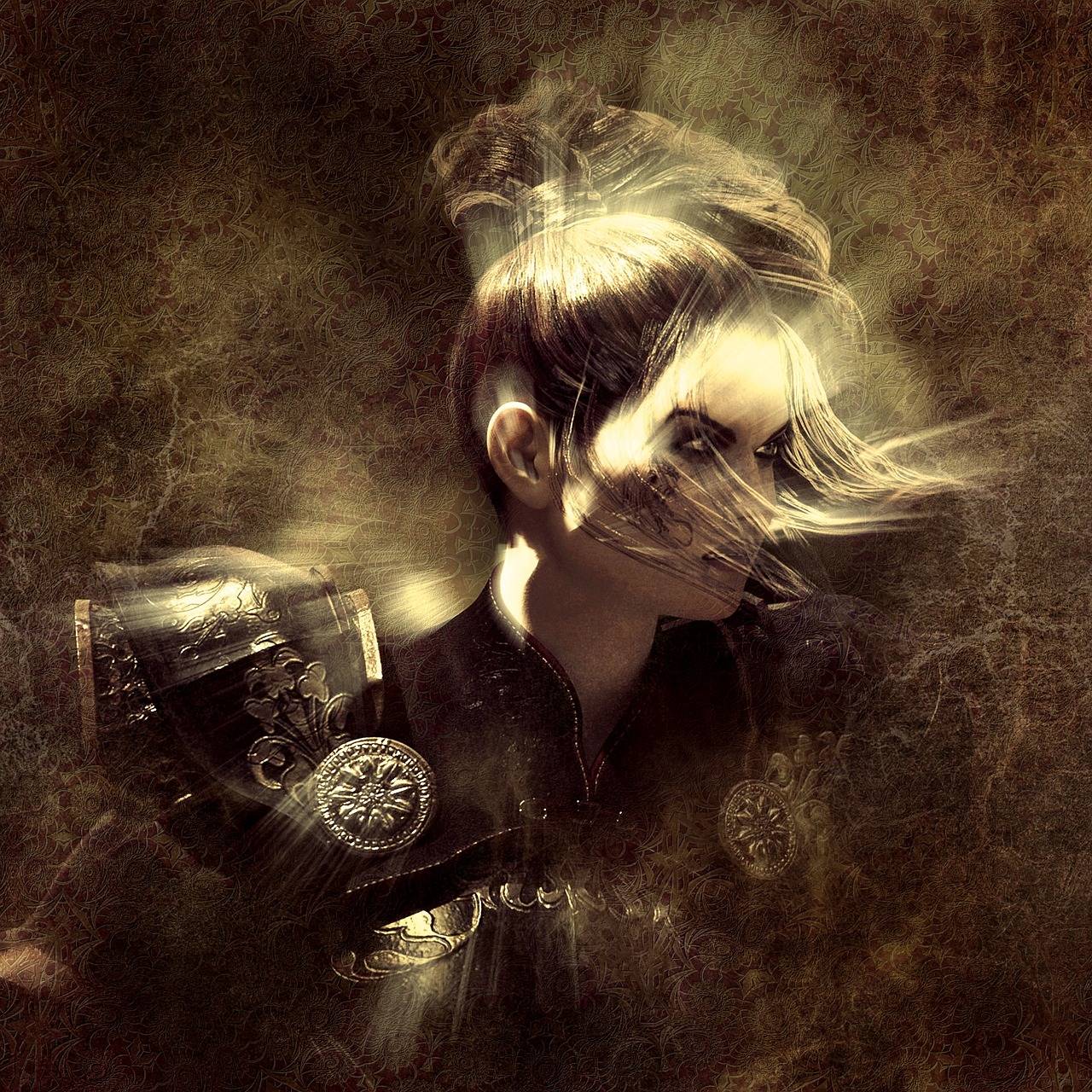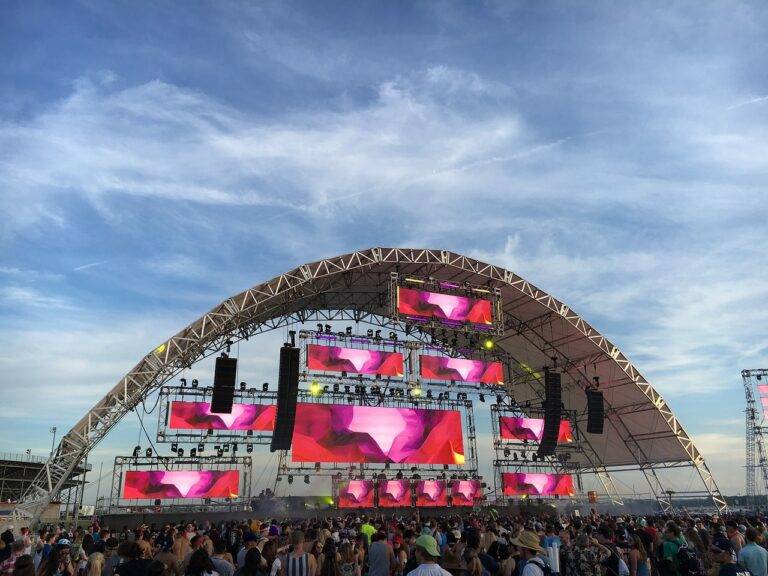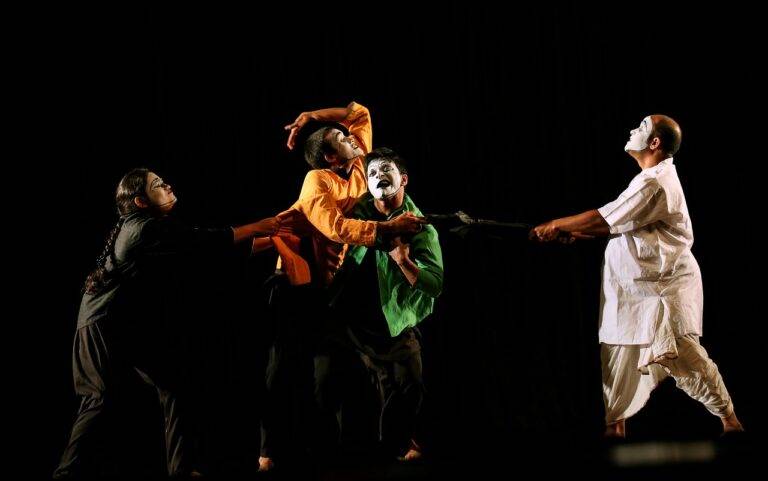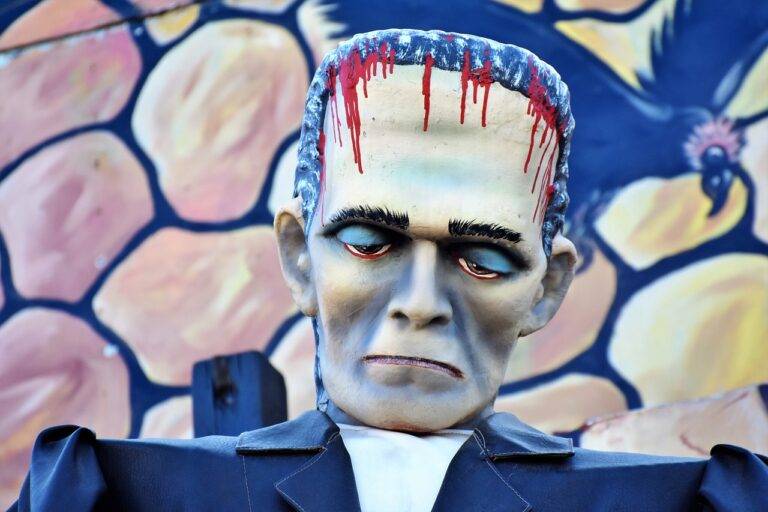Exploring the History of Special Effects: From Practical to CGI
Movies have always captivated audiences with their ability to transport viewers to imaginative worlds. The origins of special effects in film trace back to the late 19th century when early filmmakers like Georges Méliès experimented with groundbreaking techniques. Méliès’ “A Trip to the Moon” from 1902 was a pioneering work that utilized tricks like stop-motion animation and superimposition to create visual spectacles on screen.
As cinema advanced, special effects techniques evolved alongside technological progress. The silent film era saw the development of techniques such as matte paintings and miniatures to create elaborate sets and environments. Filmmakers continuously pushed the boundaries of what was possible on screen, paving the way for the innovative visual effects we see in modern-day blockbusters.
The Evolution of Practical Effects
Through the course of film history, the evolution of practical effects has been a fascinating journey. In the early days of cinema, practical effects were rudimentary and often relied on simplistic techniques such as matte paintings and forced perspective to create the illusion of grandeur on screen. However, as technology advanced and filmmakers honed their craft, practical effects became more sophisticated and realistic.
One of the key milestones in the evolution of practical effects was the advent of animatronics and puppetry. These techniques allowed filmmakers to bring fantastical creatures and characters to life in a tangible and believable way, adding depth and realism to their storytelling. From the groundbreaking work of Ray Harryhausen in films like “Jason and the Argonauts” to the iconic puppetry of Jim Henson in productions like “The Dark Crystal,” practical effects continued to push the boundaries of creativity in filmmaking.
What were some of the earliest special effects used in film?
Some of the earliest special effects used in film included simple techniques such as double exposure, stop motion animation, and matte paintings.
How have practical effects evolved over the years?
Practical effects have evolved significantly over the years, with advancements in technology and techniques allowing filmmakers to create more realistic and immersive effects.
What are some examples of practical effects in modern films?
Some examples of practical effects in modern films include animatronics, prosthetic makeup, and miniature models.
Are practical effects still used in films today?
Yes, practical effects are still used in films today, often in combination with computer-generated imagery (CGI) to create a seamless and visually stunning final product.





